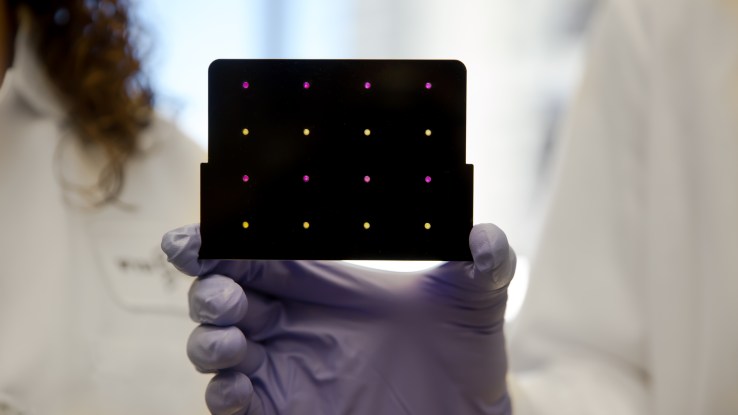
“For our group it’s become an interesting case study in how quickly a group can mobilize in the face of an outbreak,” Dr. James Collins explains over the phone.
The MIT biomedical engineering professor has been fielding press inquiries all day, in light of a newly published paper detailing the cheap, fast and effective tool his team developed to diagnose the growing threat of the Zika virus.
“In late January, MIT sent out an email asking who was working on Zika,” he adds. “We were not. I turned to my team and former team members and asked them what we could do here. Could we use our synthetic biology platforms in a meaningful way and create a diagnostic test? The collective response was that we could, and everybody basically dropped what they were doing and turned their attention to coming up with this novel test, and in about five to six weeks, we did it.”
In record time, the team — comprising members from Harvard, MIT, University of Toronto, Arizona State University, Cornell, University of Wisconsin-Madison and Boston University — built upon a technology developed by Collins’s team at Harvard’s Wyss Institute to create a simple, paper-based test that can be deployed to limited resource areas, detecting the disease in a fraction of the time and money of existing models.
“We were trying to address a few needs,” explains Collins. “The need for a low-cost test and a need for a faster test and a need for a test that can be readily deployed in the field with little resources. I think this platform addresses each of those challenges nicely. The sensors themselves cost pennies to make. The development cost is also quite inexpensive. You’re talking probably less than a buck each for the test.”
Comments
Post a Comment